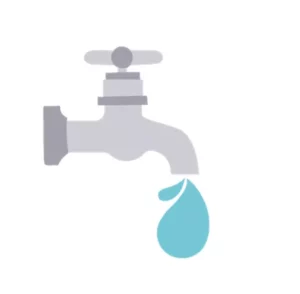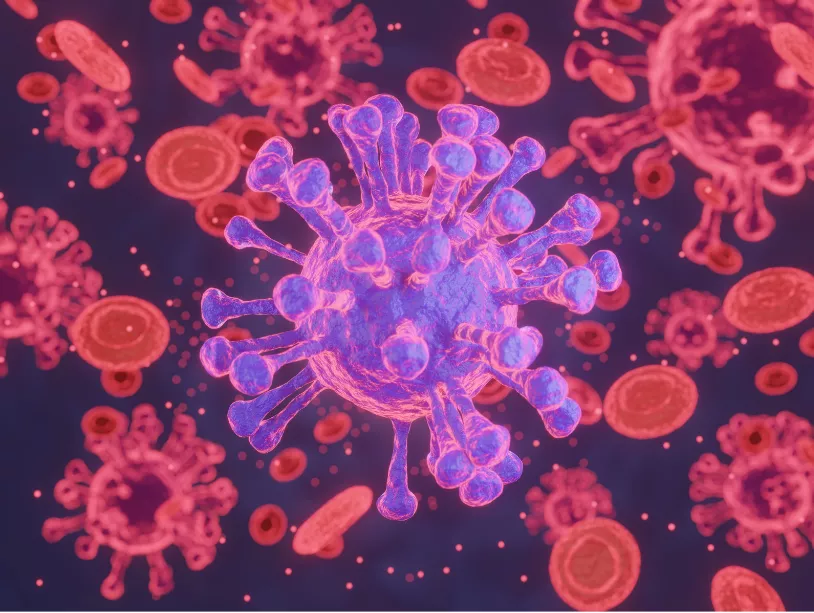The Water We Drink is Mostly Safe So How Do We Communicate Cautions?
January 9, 2024

What will you do when you receive a letter from your local water utility telling you that the amount of something called PFAS in your tap water exceeds the legally allowable maximum limit?
That is very likely to happen to many people in the U.S. as the Environmental Protection Agency (EPA) moves to establish legally enforceable limits in drinking water for a group of substances sometimes called “forever chemicals,” PFAS/PFOA, or just PFAS, as we will refer to them here. The communications we receive from our water utilities are likely to be riddled with technical jargon that will make them difficult for most of us to understand. Consequently, some of us are likely to panic and start drinking expensive bottled water that are bad for our environment
We are thus facing another serious instance in which health risk communication from regulatory authorities is likely to fall short, causing confusion. Let’s look at some basic facts about our drinking water and about PFAS.
The U.S. Municipal Drinking Water Supply Is Among the Safest in the World
We are told to drink water in preference to most other beverages. When obtained from a tap supplied by a municipal utility, water is cheap, especially compared to the bottled varieties, and for most—but not all– of us, readily available. It has no calories and therefore unlike the sugary beverages Americans love and are constantly urged by the food industry to consume, tap water cannot contribute to the obesity epidemic the U.S. faces.
We place great trust in the safety of municipal drinking water in the United States and experts tell us that in fact our drinking water is among the safest in the world. This is largely because the U.S. Environmental Protection Agency (EPA) is mandated by Congress to set safety standards with which all municipal water utilities must comply. Our water is constantly tested and any deviations from the safety standards must be immediately addressed.
Serious drinking water safety crises of course do sometimes occur, as happened for example in Flint, Michigan where dangerously elevated lead levels leached into drinking water and amelioration was slow. But these are rare situations in the U.S. Of greater general concern is that misunderstandings and misinformation about drinking water safety have the potential to drive public panic and move people to unnecessarily spend money on bottled water. Worse, this kind of thing drives mistrust in agencies like public utilities. One such situation may be looming with the pending new EPA regulations regarding “forever chemical” levels in our drinking water.
PFAS Are Present in Our Drinking Water
Forever chemicals, or PFAS, are a group of chemicals that are virtually indestructible because of their strong carbon-fluorine bonds. Since their discovery in the 1930s they have been incorporated into innumerable consumer products, firefighting foam, medical devices, and many more products. They are, in fact, ubiquitous and it is no surprise that most of us have PFAS in our blood. Nor is it a surprise PFAS are present in the U.S. drinking water supply.
PFAS have been linked to many health harms, including increased risk for several cancers and disturbances in thyroid and immune function. For years environmental activists have urged EPA to set enforceable limits to the amount of PFAS permitted in the U.S. municipal drinking water supply, although it must be remembered that only about a fifth of a person’s exposure to PFAS comes from drinking water. Last March, the EPA announced a proposed Maximum Contamination Level (MCL) for PFAS, and it is expected that the proposal MCL will become an enforceable regulation sometime in 2024. The regulations require utilities to monitor the water supply for PFAS levels, report to the public when they exceed the MCL, and take steps to reduce PFAS levels if they exceed the MCL.
Local Utilities are Unprepared to Effectively Communicate Risk to the Public
A number of states already have MCL’s for PFAS, but the proposed EPA standards are much stricter than any of these. There are about 150,000 public water systems in the United States, and we wondered how prepared they are to communicate effectively with their customers when PFAS levels inevitably exceed the new EPA standards. We turned to our colleagues at The Water Center at the University of Pennsylvania to investigate this issue and they prepared a report titled “Living in a PFAS World: A Brief Survey and Analysis of Generally Available PFAS/PFOA Health Communications,” authored by senior research manager Brianne Callahan. Here are some key takeaways from that report (quotations are taking directly from the report):
- Most of the water utilities in the U.S. are small with only part-time employees and volunteers. Few have training in risk communications. There are generally no budgets for public communications. “…the folks that are communicating are often doing so without expertise or the budgets to support obtaining expertise.”
- When utilities communicate with customers about levels of any compound that exceeds EPA limits, the communications tend to be technically correct but difficult to understand. “Accuracy of communications does not equate to effectiveness.”
- State and federal regulatory authorities offer very little support to local municipalities for public communications about water issues.
- When print and digital media report on water issues, they do so with attention grabbing headlines that “could be misleading or easily misinterpreted.”
The Water Center at Penn report calls for more research into how best to communicate risk about drinking water to the public.
PFAS are almost certainly harmful to human health, but it must be remembered that they are not an acute poison like cyanide and elevated levels in drinking water are not an immediate threat. We are exposed to PFAS from many different sources and almost all of us have detectable blood levels of PFAS. So, a rational approach would be to inform the public if PFAS levels have exceeded new federally mandated limits, explain that there is no immediate threat and that people can continue to drink water from their taps, and detail the steps the utility is taking to reduce PFAS levels below the MCL. All of this must be communicated clearly in non-technical language, and the risk communications must be tested to ensure they do not cause panic.
The EPA, like the Centers for Disease Control and Prevention (CDC), and the Food and Drug Administration (FDA), generally does a good job of identifying threats to our health and taking steps to ameliorate them. But like these other agencies, it has little expertise in communicating risk to the public. In the case of mandated communications about drinking water safety, this lack of expertise filters all the way down to local municipal utilities, who bear the responsibility of communicating risk to their customers with no training or budgets to do so. It is time we work on shoring up the drinking water communication system so that we receive understandable and rational messaging.
Related Posts

The H5N1 Influenza Virus Shows We Haven’t Learned Vital Communication Lessons
Posted in Health Communication
Whether or not H5N1 poses a great threat to people currently, it's clear that federal agencies are not doing all they can to communicate effectively and clearly.

How the News Politicizes Science
Posted in Health Communication
Ever wonder where people get ideas like face masks are unsafe? It might be time to examine local TV news.